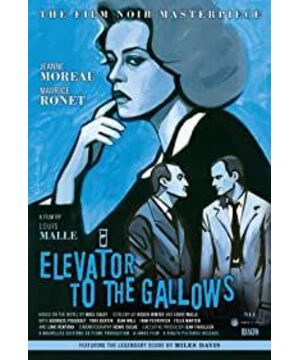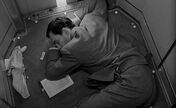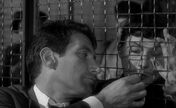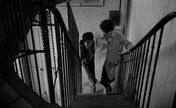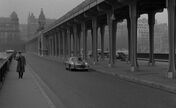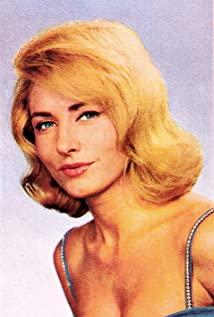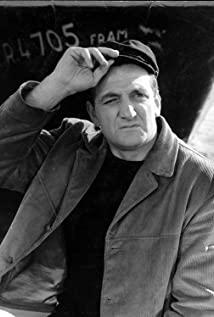I remember seeing the Coen Brothers’ "The Absent Person" several years ago, also known as "Finding the Wrong Murderer and Killing the Wrong Person" and "The Bizarre Blackmail Case" by the Coen Brothers. In my impression, the general plot seems to be somewhat similar to the film, there are also extramarital affairs, and there are also mixed murders. From the story itself, what the director seems to be expressing is a view of impermanence. A small flaw in the actor involved a series of accidents, which destroyed his original seamless plan. As the "Butterfly Effect" wants to clarify, plans can never keep up with changes, and we can't always consider our destiny. Any overlooked factor may bring unexpected results.
Although the theme of this film is crime, it does not play suspense like ordinary crime films. From the beginning, the perpetrator, the motive and the process of the crime were presented in a true and complete manner, and by the end of the film, we did not find any complexity behind it. Background and shady. The irritation brought by the plot of the film is mainly the branches caused by the main case. The mutual cause and effect of the main line and the side line constitute the complete structure of the story. It can be said that what attracts me to watch is not the confusing reason of the case and the intricacies of the character's psychology, but the branching of the case and the involvement of the character's fate.
From the beginning of the actor's crime process, the film still has a clear commercial smell. Rope hooks, gloves, pistols, miniature cameras, these tools that looked like spy equipment were probably considered novel in that era. Moreover, the design of the actor's case is really amazing. The time from start to finish is very short, but the process is perfect in meticulousness and thoroughness. There is also the scene of the male protagonist being trapped in the elevator. The dangerous situation he faces after getting under the elevator is tense and suffocating. Although the excitement and dazzling of the blockbuster has long made me a little aesthetic tired, this realistic style scene still brings a different kind of coldness to people.
The film is short, and each character is understated, but their personal characteristics are still very clear. The opening scene is a close-up of Mrs. Carrera's face. Although the half-old milfs are mature and sexy, lazy and charming, every word they spit out seems to be full of desire. The passages where she walks slowly and alone on the street still carry a trace of poignancy that is unique to black and white films. The name Julian reminds me of "Red and Black." I don't know if his ambiguous relationship with the boss's wife is a coincidence. Judging from his methods of committing crimes, he killed people in the building without revealing a trace, and survived in the elevator with perseverance. He was calm and calm from beginning to end, with a kind of cautious and quiet charm. There is also the impulsive ignorance of the flower girl and her boyfriend, but the director's positioning of them seems to be limited to this, and the personality of these two people is still slightly thin.
In the end, the detective said: "Don't put the photos indiscriminately." This sentence reveals the direct reason for the revealing of the truth about the two murders. Either because of the careful planning, or because of misunderstanding of their identities, the two murderers are still hiding more secretly, but a roll of film reveals all the secrets. This also raises a problem in modern society. Just as "Mobile" implies, the increasing development of technology makes everyone’s privacy nowhere to hide. The mobile phone can take pictures, the pen can record, the city is full of various probes, and the artificial satellites in space are like never-tiring eyes. All we can do is to collect and secure the photos we have taken, and we must not put them in disorder.
View more about Elevator to the Gallows reviews


